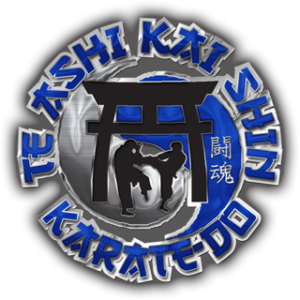Commonly asked questions about Karate..
You can work at your own pace in a class that suits and advance as your become fitter, more skilled and your confidence level grows.
People do Martial Arts for all sorts of reasons. Some want to compete in combat (Tournaments) others want to get fit and enjoy the contact aspect of the training – kicking and striking pads & bags and the confidence that it brings. We do not force anyone to compete in Kumite (Fighting) at Tournaments if they do not wish to. We do encourage class sparring as a means of testing and refining your technique. Many people feel a bit awkward at first with Kumite but soon become quite comfortable and very proficient in Kumite.
We hold 4 classes every Tuesday & Thursday at the Dubbo Dojo. We hold 2 classes every Wednesday in Narromine. We also do Boxing Fitness classes on Saturday mornings doing Bag Work Focus Mitt & Pad Work & Boxing classes on Monday afternoons.
Perfection in everything requires repetition, but that’s the same in every sport. We constantly change the format of the classes. Content will include a mix of Kata, Kicking, Punching Striking techniques, Focus Mitt, Kick & Strike Shield work, Heavy Bag work, Takedowns, Throws & Submissions, Kumite (Fighting) and Weaponry. One thing is for sure is that the classes are not boring and stagnant. Our student retention rate is very high. We think that’s a pretty good comment on the Curriculum in place.
Although there are similarities in some Forms or Kata, the Kata themselves are also a defining difference between Karate styles. As an example Okinawan Goju Kata will look very different to Shotokan Karate when being performed. Kata serves as a training technique or means of mastering stances, kicks, punches and strikes.
Te Ashi Kai Shin Australasian Karate is recognised as it’s own style by reputable masters within the art of Karate.
We are very proud of our Shotokan foundation, however since it’s founding the style has evolved and become recognised by Grand Master 9th Degree OHanshi Temoana Rupe Inuhaere New Zealand.
We still maintain and train Shotokan Kata and through our direct lineage to OHanshi Inuhaere we also train many Kata originating from Gosoku Ryu, Okinawan Goju Kata as well as our own Kata unique to our style.
